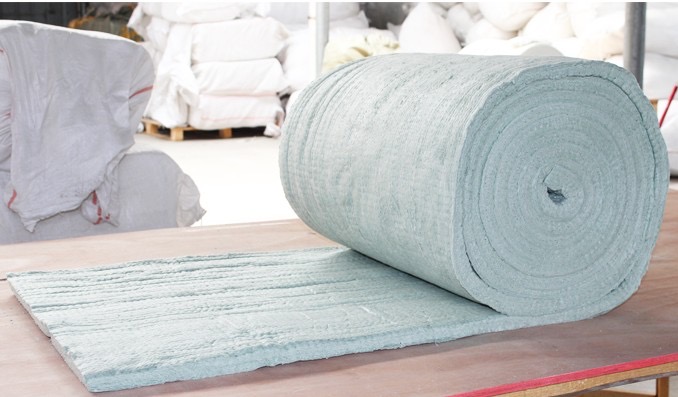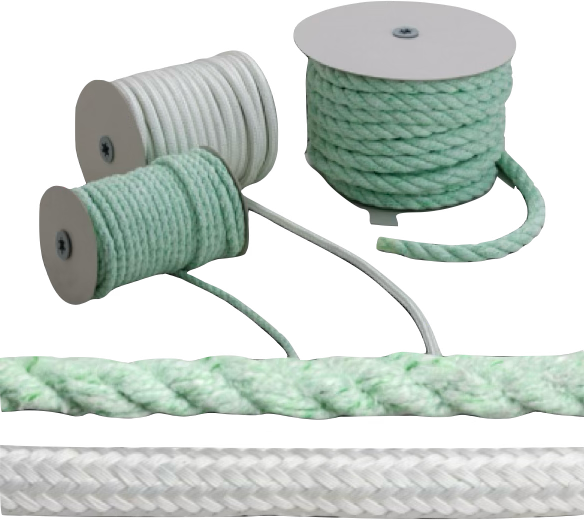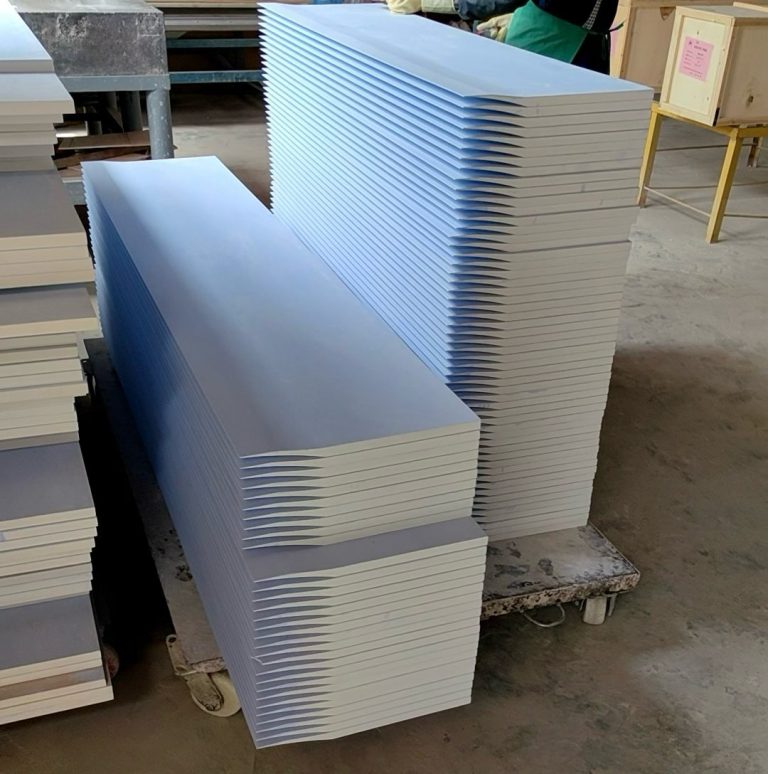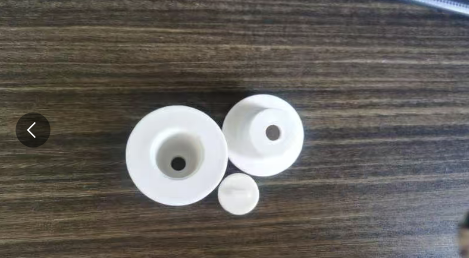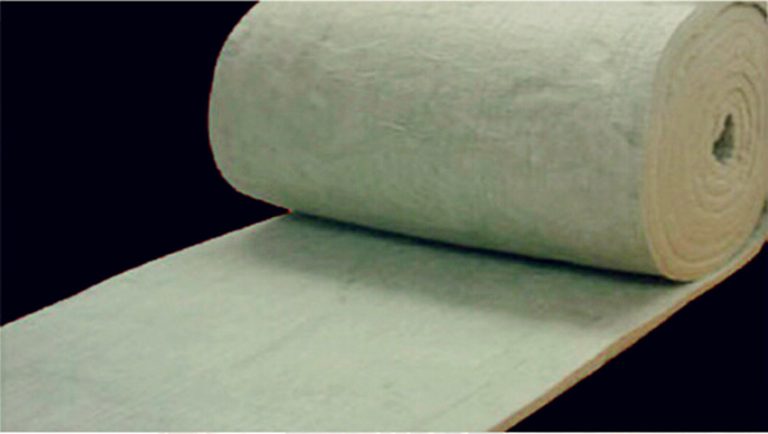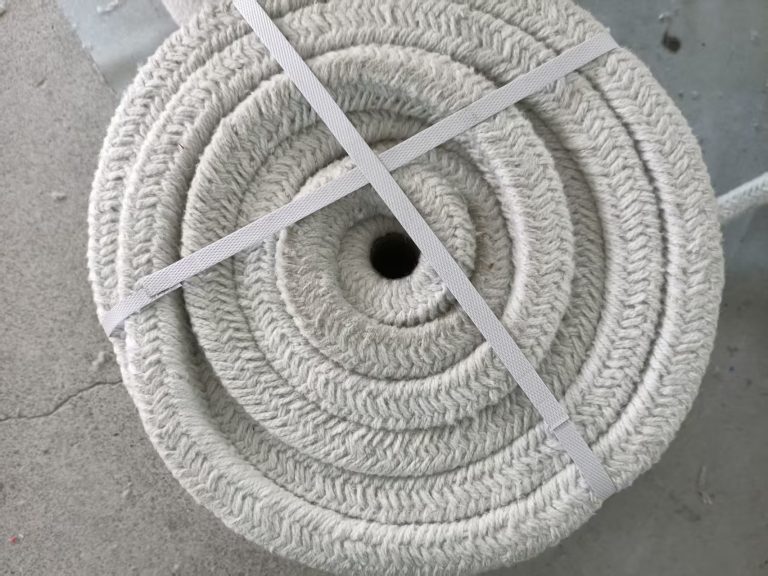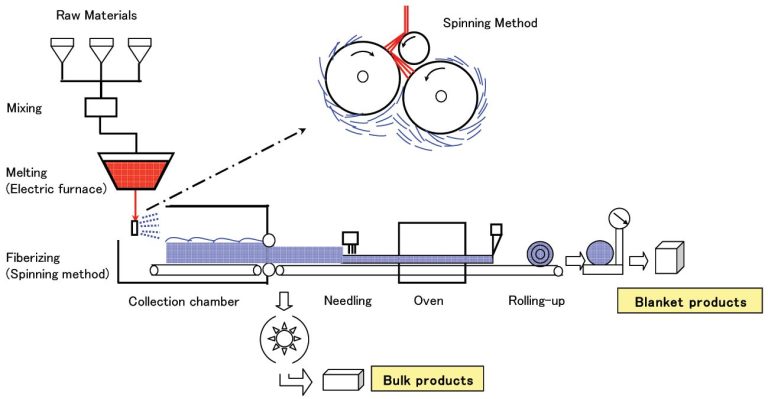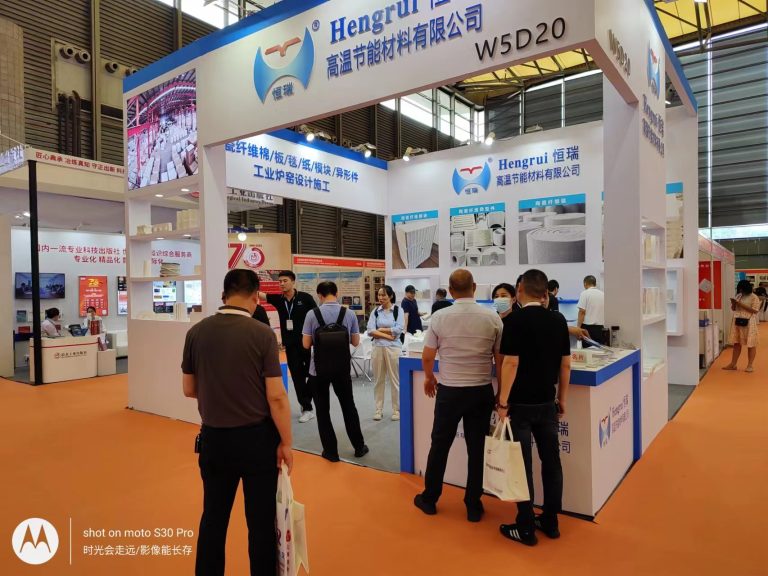The production of insulating ceramic fiber blankets begins with bulk ceramic fibers naturally settling on a collector’s mesh belt, forming a uniform wool blanket. This blanket is then transformed into a binder-free ceramic fiber blanket through a precise needling process. The resulting product is soft, elastic, and possesses high tensile strength, making it easy to handle, process, and install. Ceramic fiber blankets are among the most widely used ceramic fiber products across multiple industries due to their excellent thermal insulation properties.

Applications of Insulating Ceramic Fiber Blanket:
- High-Temperature Flues and Ducts: Ceramic fiber blankets are used as linings and expansion joint insulation to reduce heat loss and improve efficiency.
- Industrial Kilns: Door seals and furnace curtains made from ceramic fiber blankets provide effective thermal insulation for industrial furnaces.
- Petrochemical Equipment: Insulating containers, pipelines, and high-temperature vessels to ensure safe operation and energy efficiency.
- Protective Clothing: Gloves, hoods, helmets, and boots designed for high-temperature environments often incorporate ceramic fiber blankets.
- Automotive Engines: Heat shields for engines and exhaust systems, as well as composite brake friction pads for high-speed racing vehicles.
- Pumps and Valves: Sealing materials and gaskets for transporting hot liquids and gases, often reinforced with ceramic fiber blankets.
- High-Temperature Electrical Insulation: Providing reliable insulation in electrical components exposed to extreme heat.
- Fireproofing Products: Fire doors, curtains, blankets, and spark-catching mats commonly use ceramic fiber blanket materials for superior fire resistance.
- Aerospace and Aviation: Brake friction pads and insulation solutions in aircraft and spacecraft applications.
- Cryogenic Equipment: Insulation and wrapping for low-temperature containers and pipelines, maintaining temperature stability.
